Why Automation is Key in Net Weight Filling Operations
In today’s competitive manufacturing landscape, efficiency and accuracy are paramount to success. Net weight filling operations play a crucial role in ensuring the consistency and quality of packaged products, and automation is the key to unlocking their full potential. This article will explore the multifaceted benefits of automation in net weight filling operations, highlighting how it can enhance productivity, improve accuracy, and optimize overall efficiency.
Increased Productivity
Automation eliminates the need for manual labor in the filling process, significantly increasing productivity. Automated filling machines operate with speed and precision, ensuring that each package is filled accurately and consistently. This eliminates downtime associated with manual errors and allows for continuous production, resulting in higher output and reduced labor costs.
Enhanced Accuracy
Human operators are prone to errors, which can lead to underfilling or overfilling of packages. Automated filling machines, on the other hand, are highly precise and can control the filling process with extreme accuracy. They utilize advanced weighing systems and sensors to ensure that each package is filled to the exact target weight, reducing product waste and maintaining regulatory compliance.
Improved Efficiency
Automation simplifies and streamlines net weight filling operations, reducing the number of steps required and eliminating unnecessary delays. Automated machines can be integrated with other systems, such as conveyors and product feed systems, to create a seamless filling process. This eliminates manual handling and reduces the potential for bottlenecks, resulting in increased efficiency and reduced operating costs.
Labor Optimization
Automation frees up human operators from repetitive and mundane tasks, allowing them to focus on more value-added activities. By eliminating the need for manual filling, automation can optimize labor allocation and enable workers to perform higher-level functions, such as quality control, line supervision, and process improvement. This leads to increased employee satisfaction and a more productive workforce.
Reduced Waste and Rework
Manual filling operations can result in product waste due to overfilling or underfilling. Automation eliminates these errors by precisely controlling the filling process, reducing product giveaway and minimizing the need for rework. Additionally, automated systems can automatically reject packages that fail to meet weight specifications, preventing defective products from entering the market and reducing waste.
Improved Traceability
Automated net weight filling systems often include integrated data collection capabilities. This allows manufacturers to track and monitor the filling process, providing valuable insights into product quality, efficiency, and compliance. The data can be used to identify areas for improvement, optimize production schedules, and ensure traceability throughout the supply chain.
Automation is an essential component of efficient and accurate net weight filling operations. By increasing productivity, enhancing accuracy, improving efficiency, optimizing labor, reducing waste, and improving traceability, automation empowers manufacturers to meet the demands of today’s competitive market. Embracing automation in net weight filling operations is a strategic investment that can drive operational excellence and contribute to the overall success of any manufacturing enterprise.
-
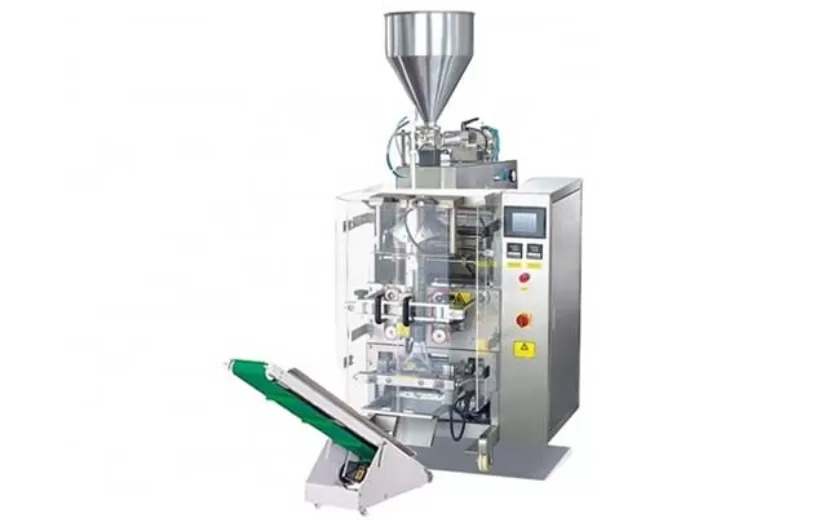
Advanced Packing Solutions: Snacks, Sugar, and Frozen Food Machines
29-10-2025 -
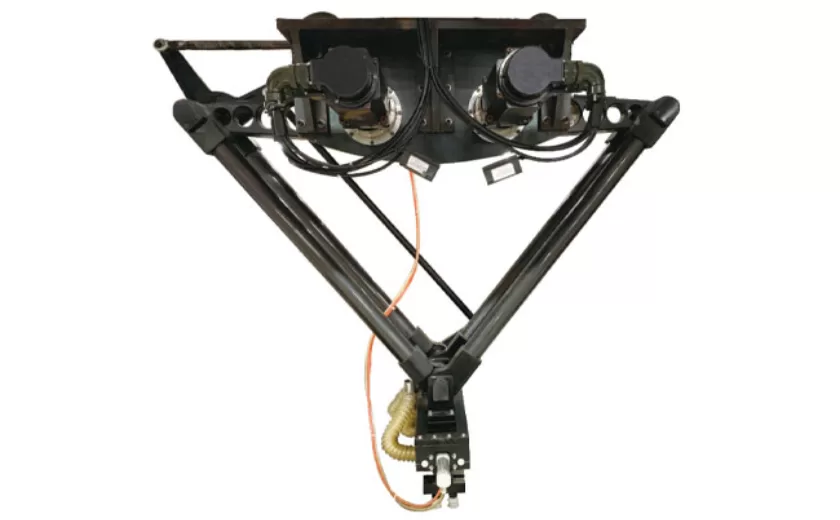
Efficient and Reliable Solutions for Salt, Nuts, and Frozen Dumplings Packing
29-10-2025 -
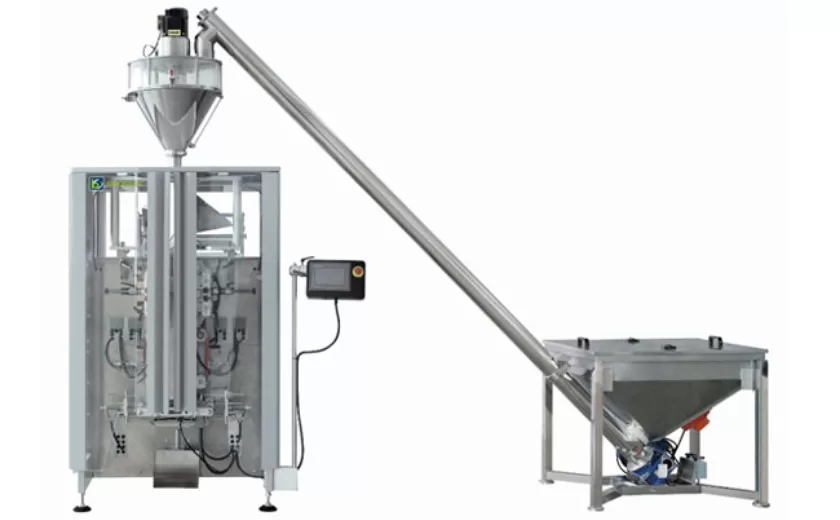
High-Performance Biscuits, Lollipop, and Ketchup Packing Machines for Modern Food Production
29-10-2025 -

Efficient Liquid Filling and Packing Machines for Modern Production
23-10-2025 -
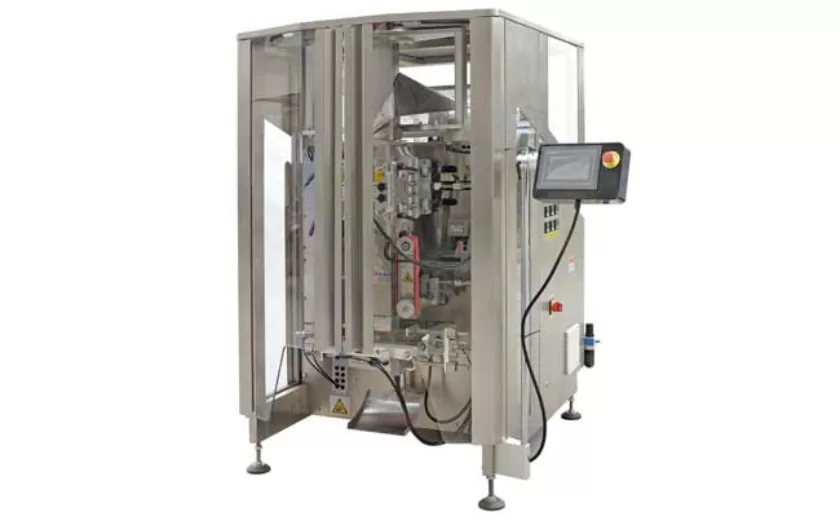
Reliable Granule Packaging Machines for Efficient Production
23-10-2025 -

Efficient Auger Powder Filling Machines for Accurate Packaging
23-10-2025 -

High-Performance Liquid Filling and Packing Machines for Hygienic Production
10-10-2025 -

High-Efficiency Granule Packaging Machines for Precision and Speed
10-10-2025 -

High-Precision Auger Type Powder Filling Machines for Efficient Packaging
10-10-2025 -
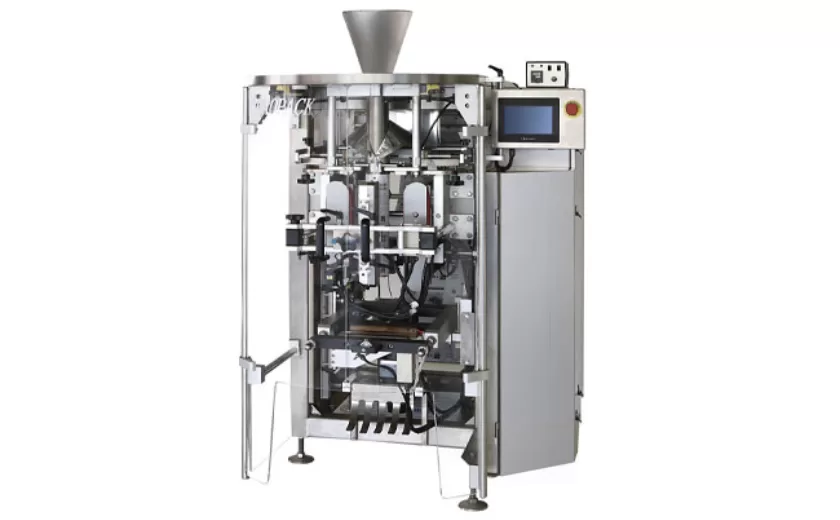
Efficient Vertical Form Fill Seal Packaging Machines for Smart Production
10-10-2025





